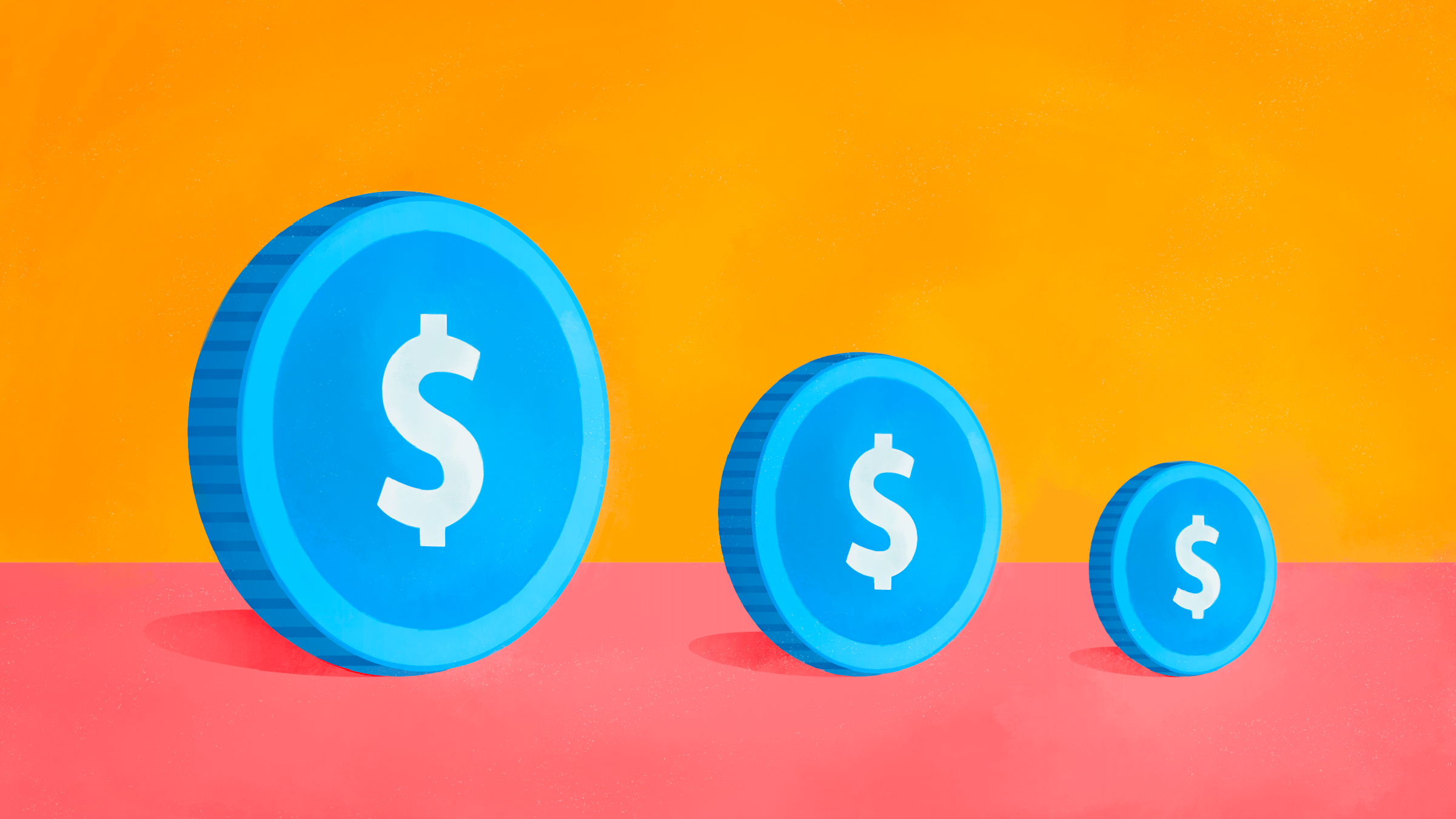Over the past couple of weeks, there have been signs everywhere of the financial system thawing out of its former deep freeze. The FTSE 100 has been hovering around the 4,400-point mark for the past fortnight, although we saw similar movements in January. More importantly, measures of banks' willingness to lend one another money have also shown substantial improvement, with the rate premiums demanded for unsecured lending between banks falling by more than 80% from their 2008 peak. (See this post on the Financial Times Alphaville blog and this post on the Big Picture blog for more.) Finally, on May 19, the VIX index did dip below 30, closing at 28.80, which is the lowest close for the so-called "fear index" since Lehman Brothers declared bankruptcy on September 15 of last year.
The VIX index is a measure of how risky traders think the stock market will be over the next 30 days, based upon the prices of near-term options on the S&P 500. (For more on the VIX index, please see this Morningstar US article here.) Because price movements tend to be largest when the stock market falls, expectations of rising volatility are often seen as predictive of crashes and other unpleasant investment environments. This is why the VIX index's fall from highs of over 85 in the autumn of last year to its current level below 30 presents such a welcome change. With interbank lending starting up again and most macroeconomic numbers ceasing their previously precipitous declines, the financial system seems to have found firmer footing once again. And unlike during the previous rally of January, even the professionals and risk managers who drive the prices of index options and futures have breathed a sigh of relief this time.
So what does this mean for the typical investor? Well, it depends on their situation. Anyone who sat on a large cash pile through the crisis can congratulate themselves for losses averted and should start putting some money back into the market. While the prices today are obviously not as appealing as the lows of March when the FTSE 100 bottomed out at 3,512, the environment looks much safer. However, those who already have a large stake in the market may not want to rush in with their last bit of cash just yet.
A VIX index level below 30 may sound low today, after months of unbelievable market gyrations, but a longer look at the history of the index shows that we still have a ways to go before a return to normality. Unfortunately, because the VIX index relies on options prices, data goes back only to 1990, but we have seen today's levels of concern only during the worst of crises in that short period. The VIX briefly spiked above 30 during the recession of late 1990 and early 1991, as it also did when the tech bubble threatened to burst in early 2000 and finally popped in late 2001. The 1997 Asian financial crisis caused the VIX to break 30 for only a week, though the Russian default of 1998 pushed it to a high above 45 that would not be matched until October 2008's bloodletting. Sept. 11, 2001, and the height of the bear market in late 2002 pushed the VIX above 40, but then we did not see the VIX hit 30 again until Bear Stearns collapsed in March 2008. These periods hardly provide favourable comparisons for today's market prospects.
The good news is that our situation today does differ from the past in an important way: The VIX has been heading down rather than up. That decrease shows investors feel more confidence about our current prospects and believe market uncertainty is declining. (For more on fund managers' current view, read this article.) We cannot be completely in the clear mere months after such ground-shaking changes to the global economy, so perhaps today's still-elevated VIX levels are the best we could hope for.
The bad news is that futures markets suggest we might not have too much more improvement in our immediate future. Back in February, as the spot price of the VIX sat above 45, futures prices suggested that the VIX would fall into the 30s through the summer and autumn of this year as economic news came in and markets finally digested the events of late 2008. We have seen that predicted improvement plus more, but futures prices no longer expect any imminent declines in the VIX index. In fact, they expect today's level of risk to remain steady through November, as consumer spending remains uncertain and we continue to see the effects of deleveraging on industry. Although risk measures show that we have come a long way since last autumn, we are not out of the woods yet.
























